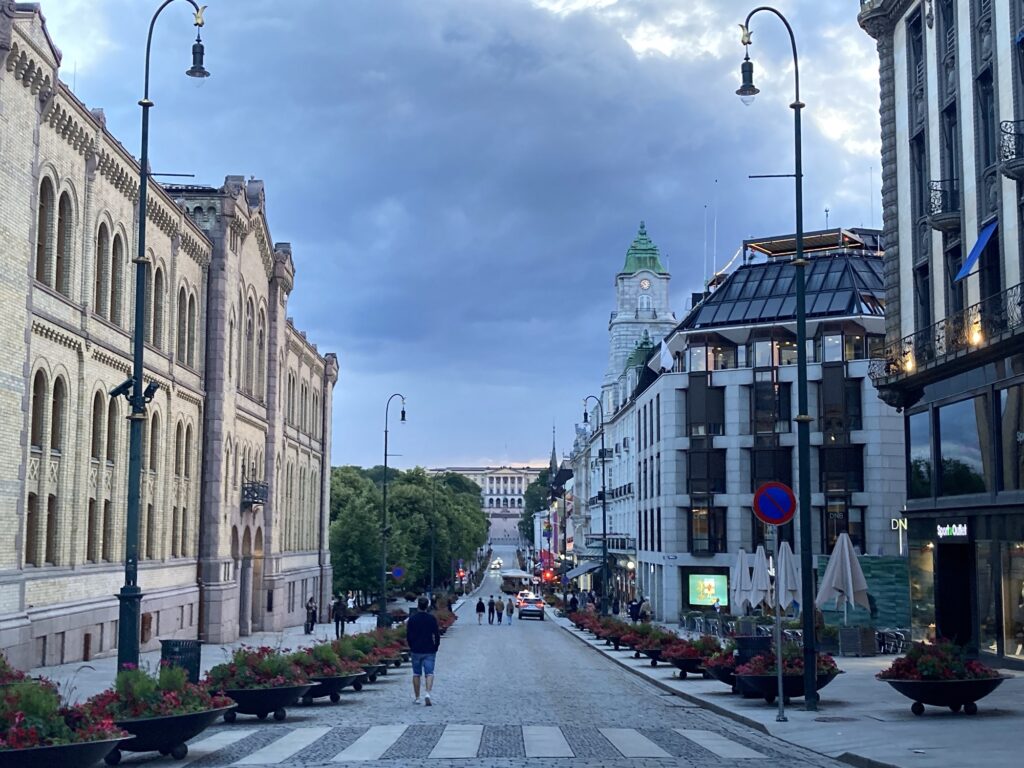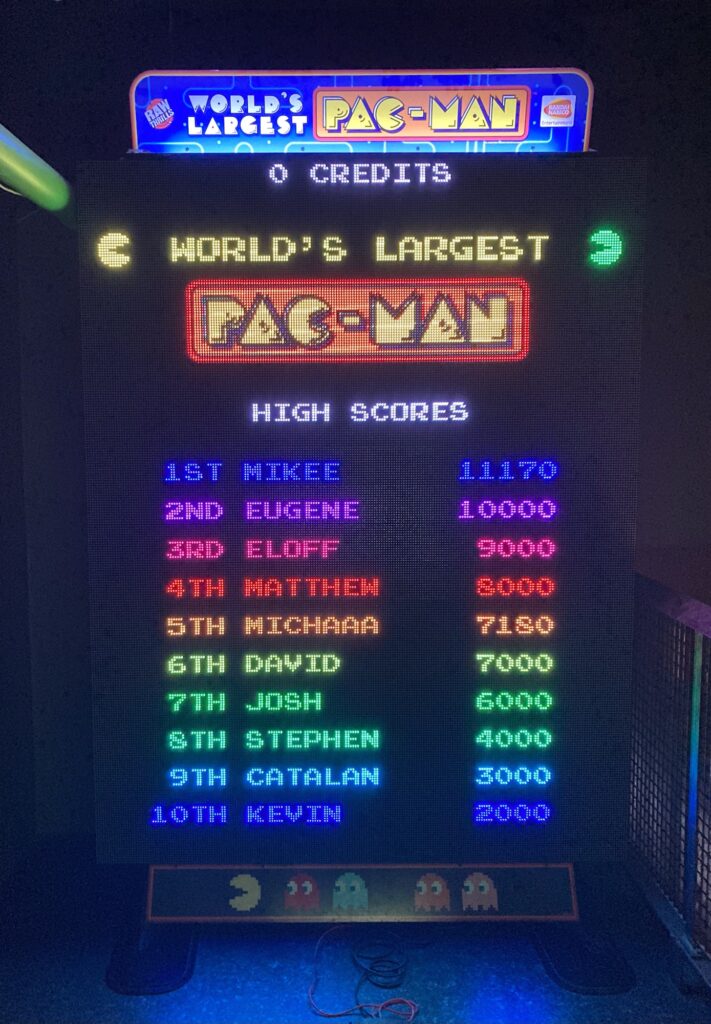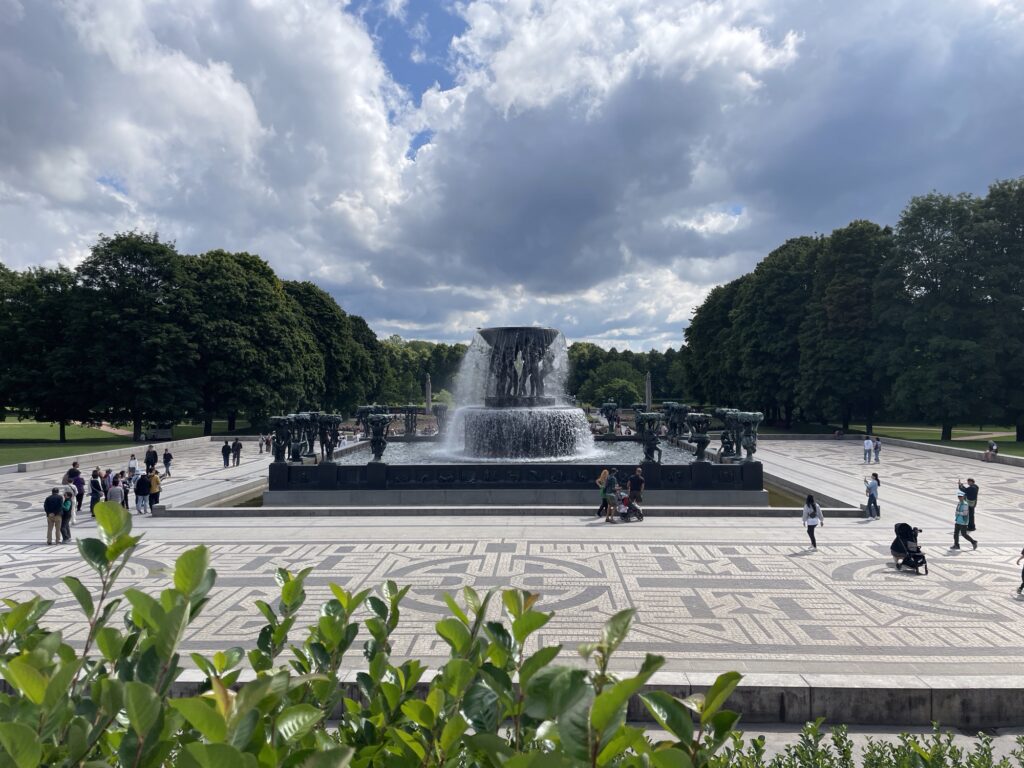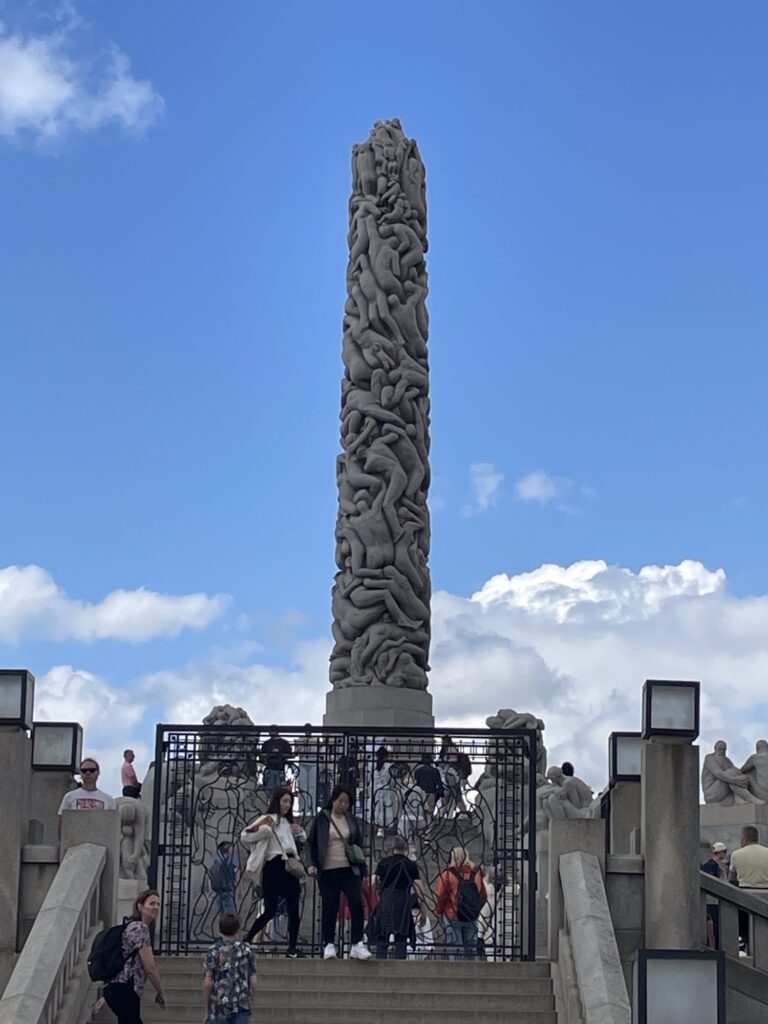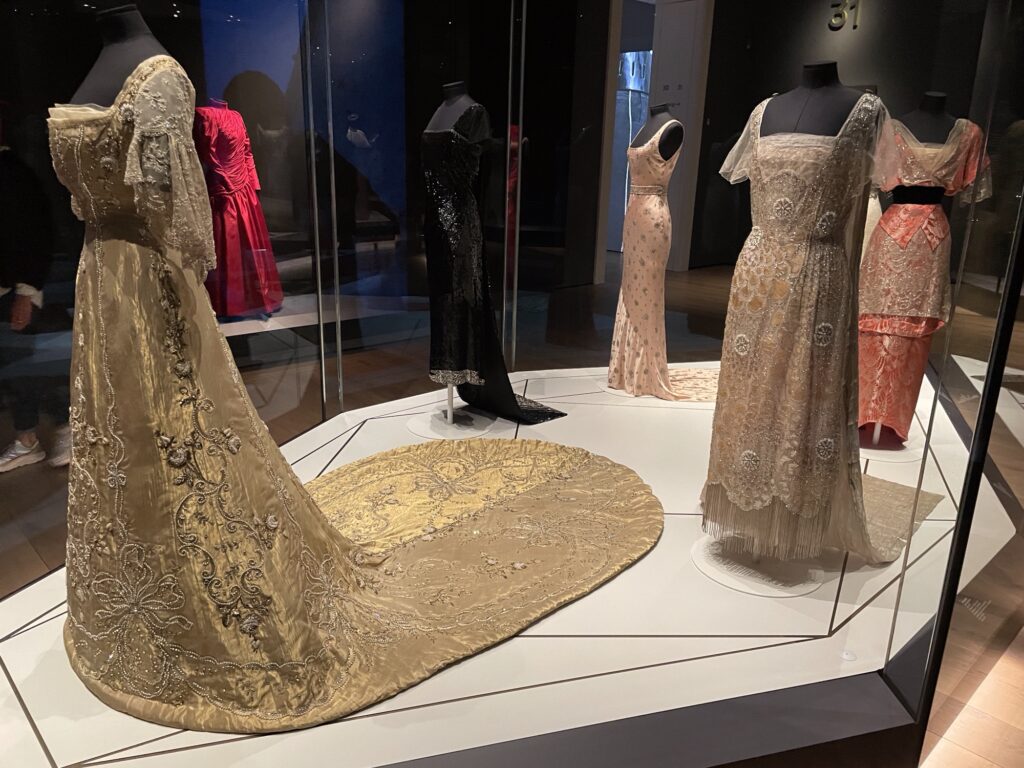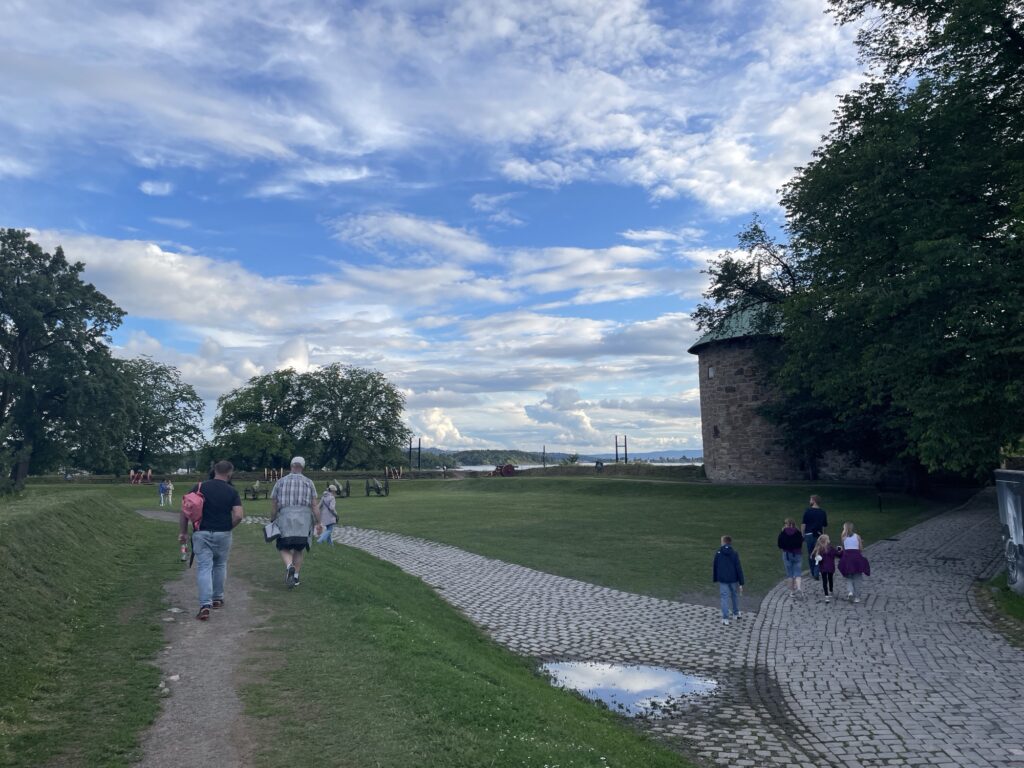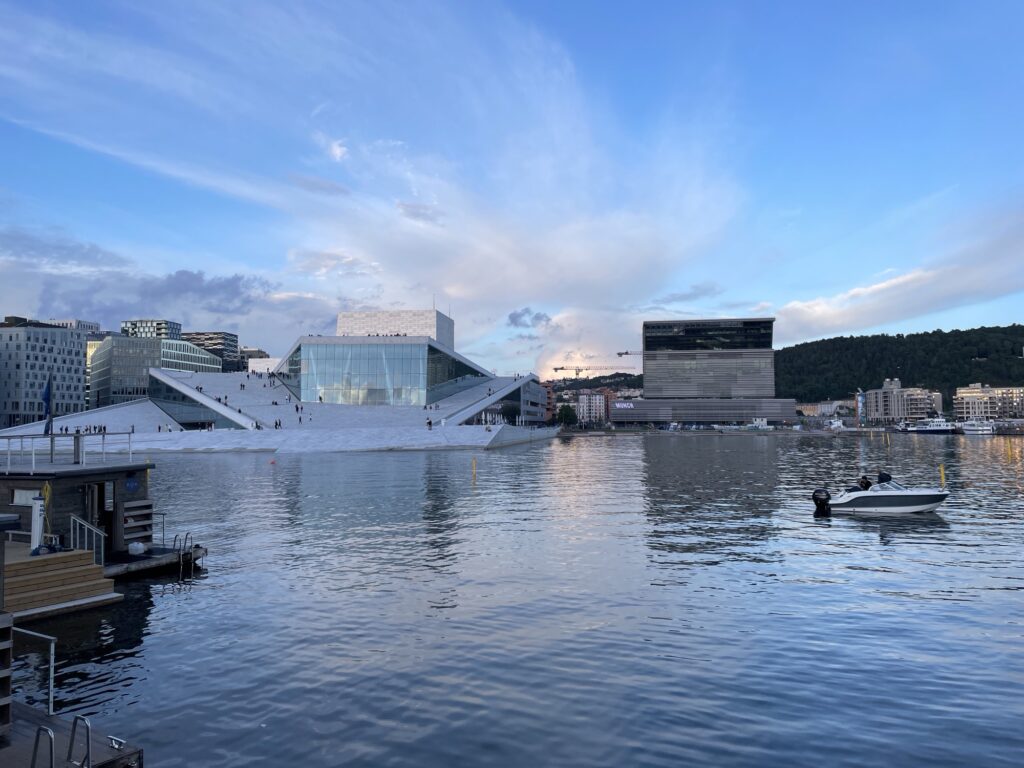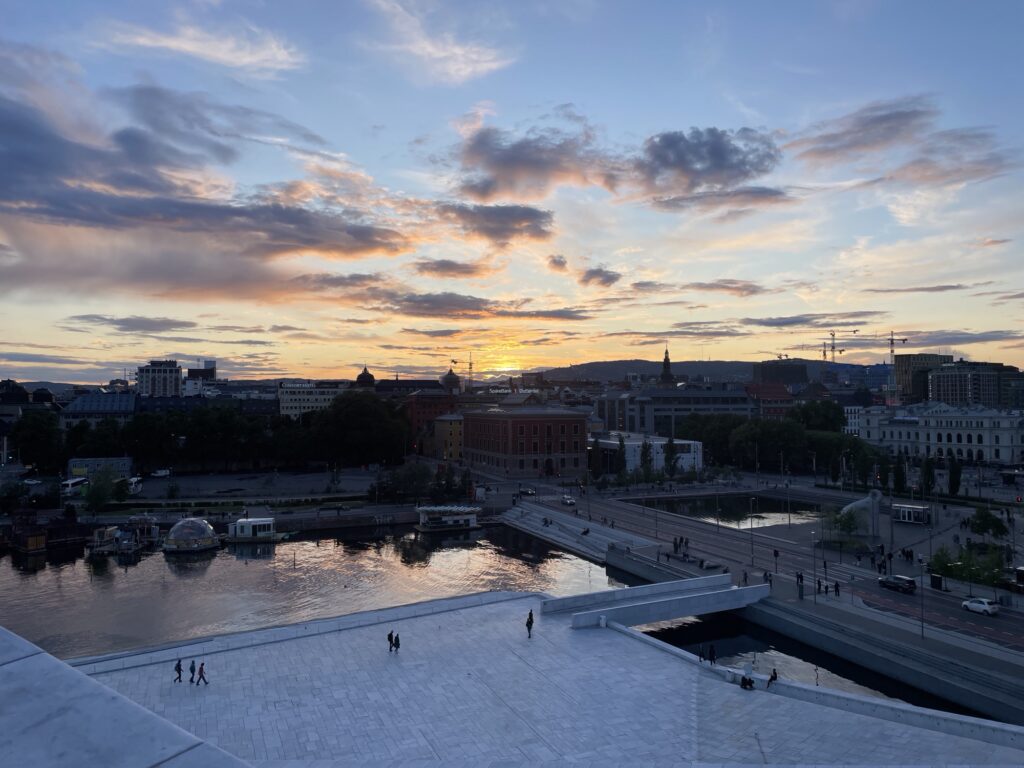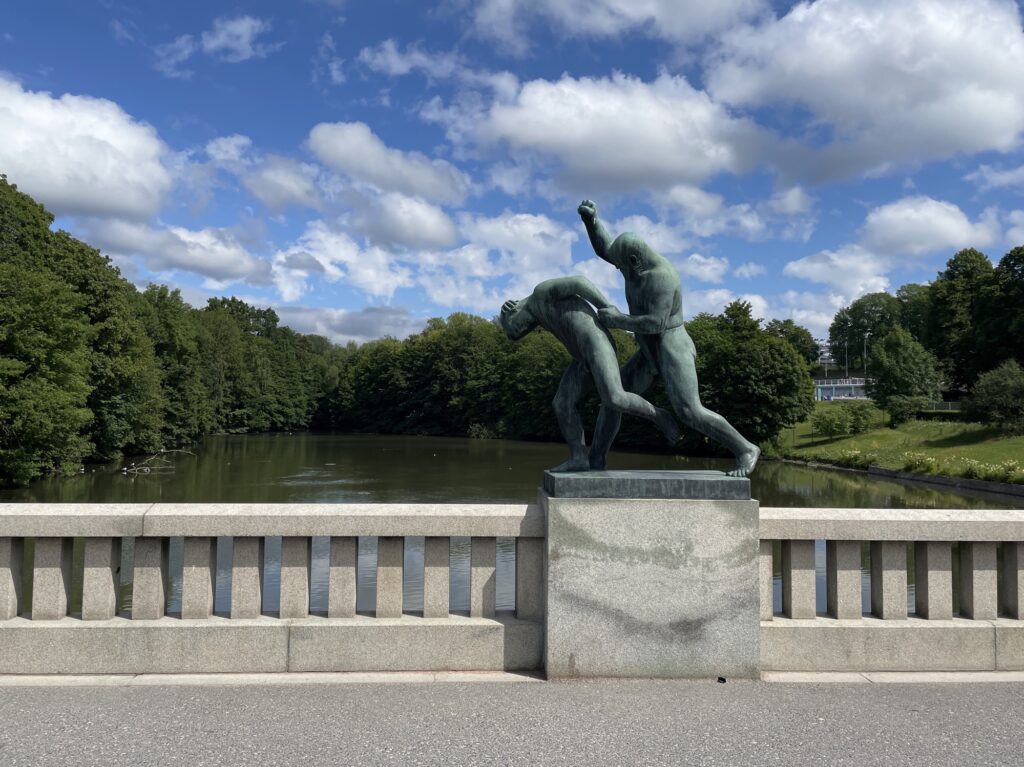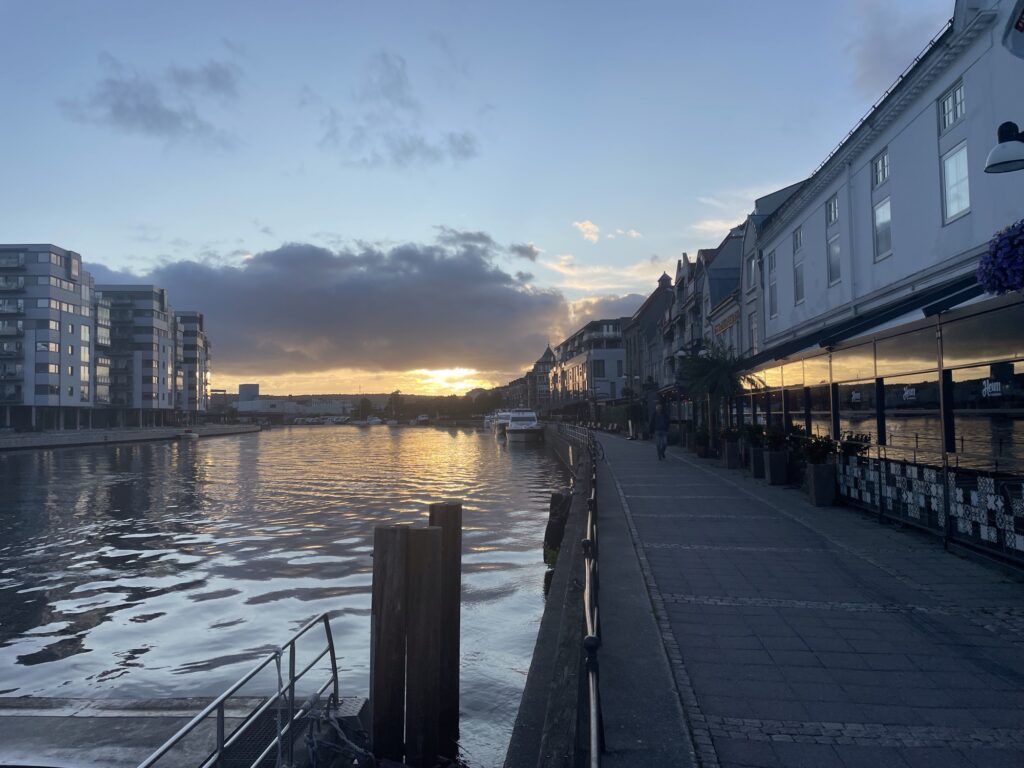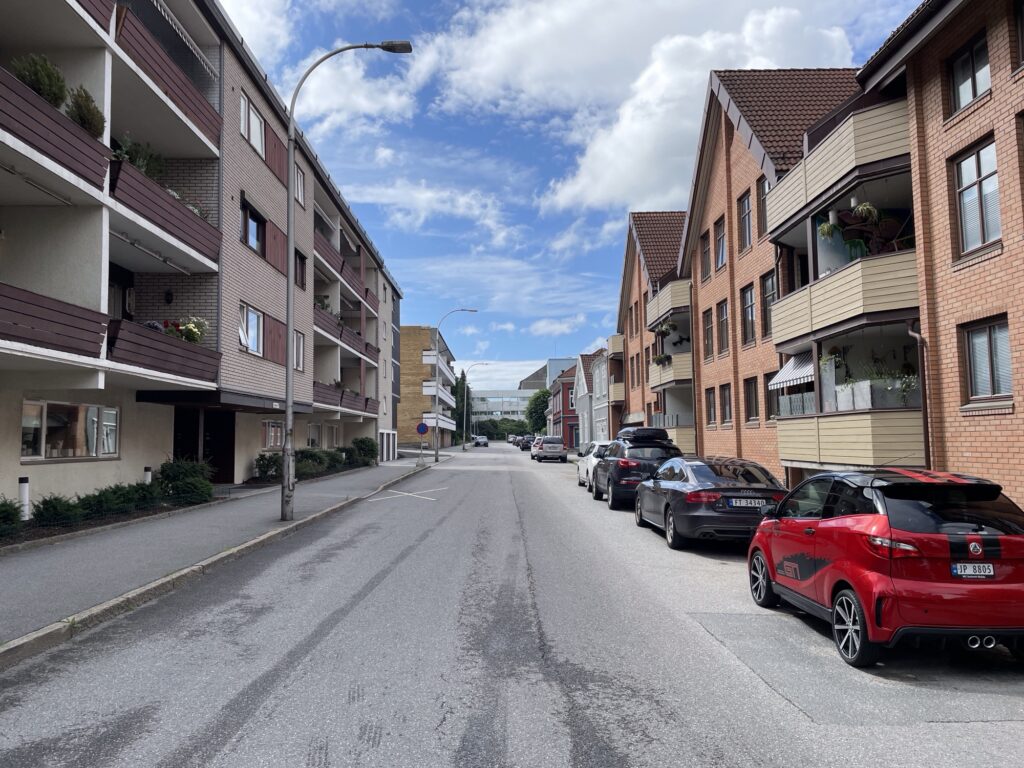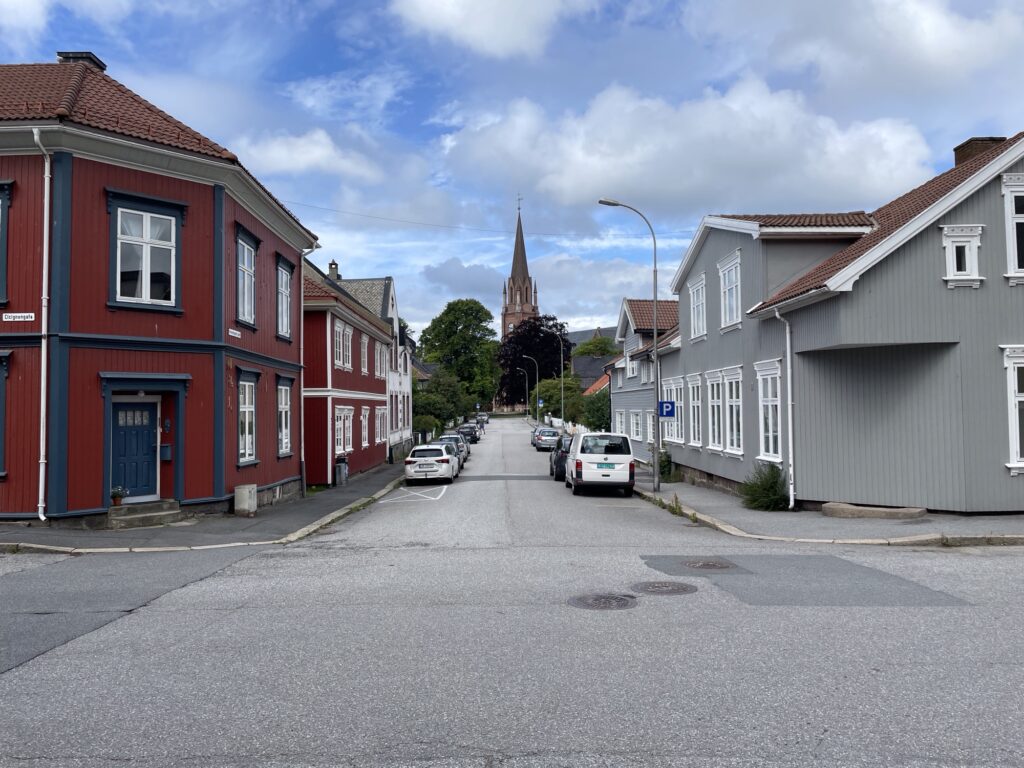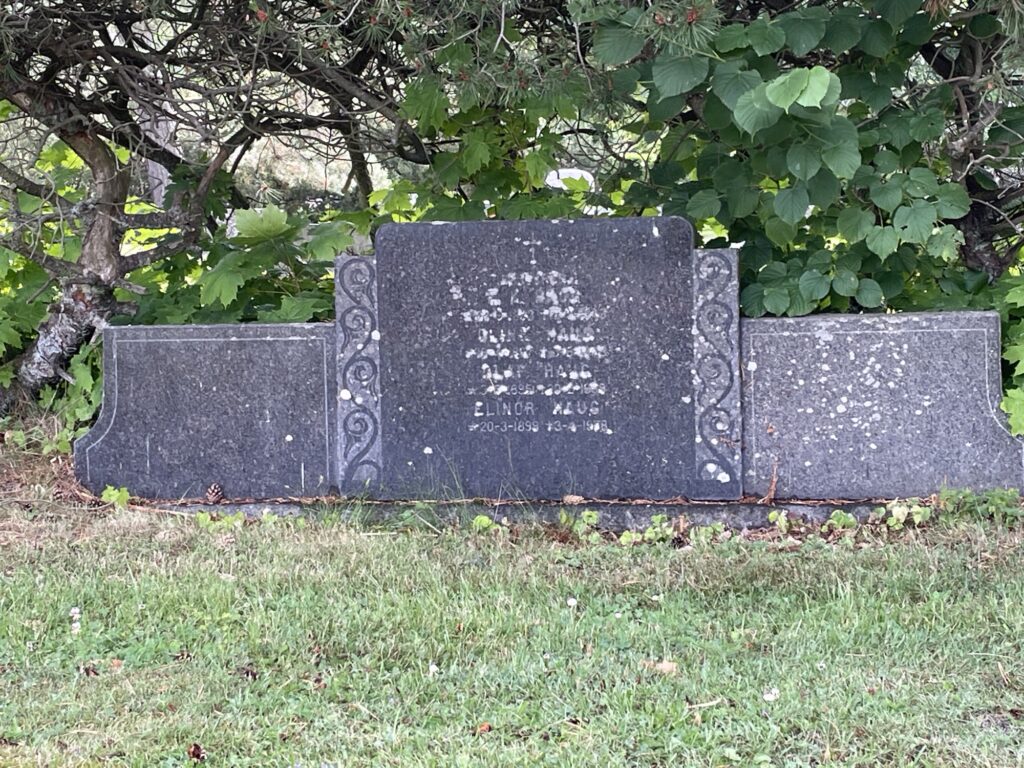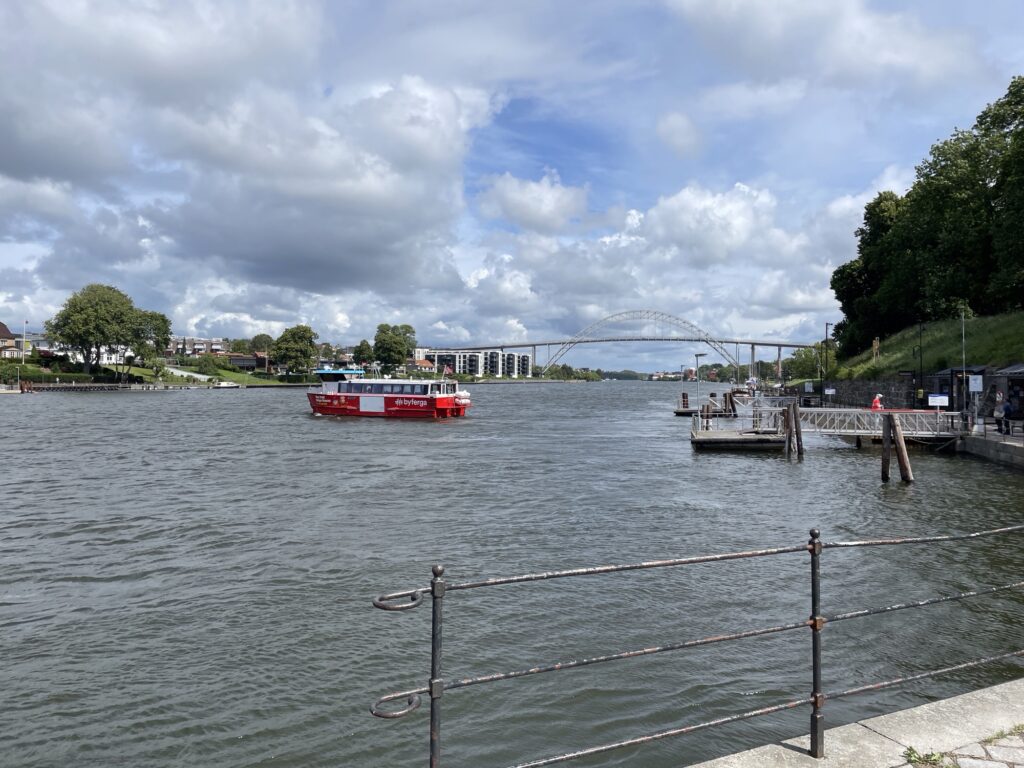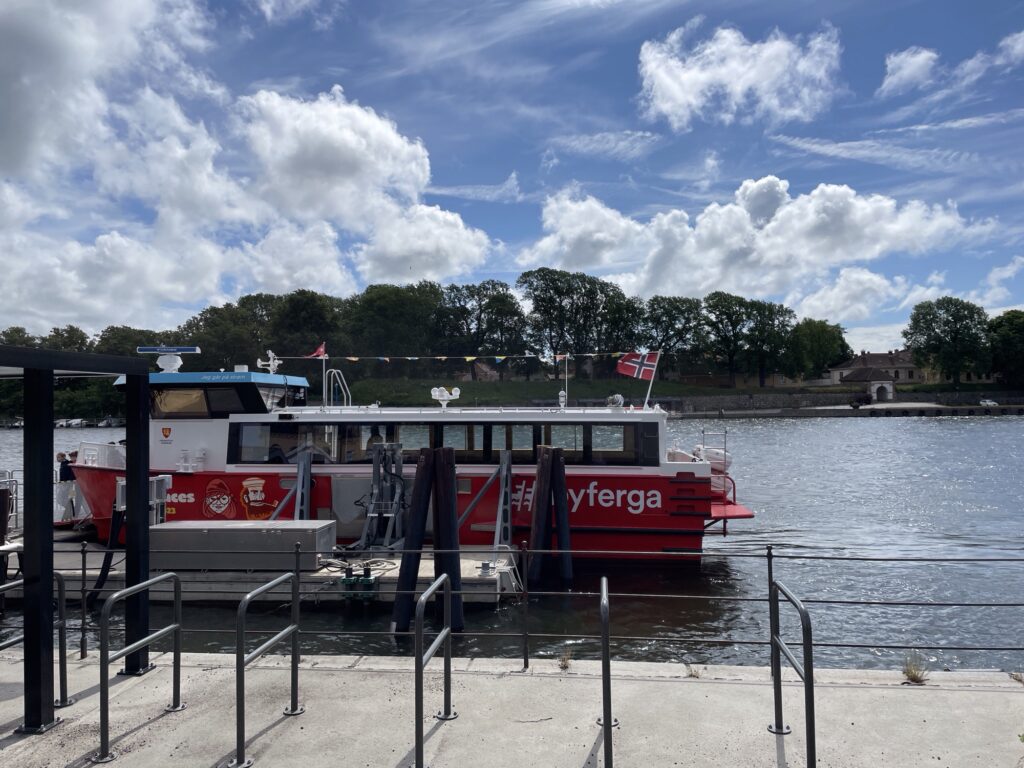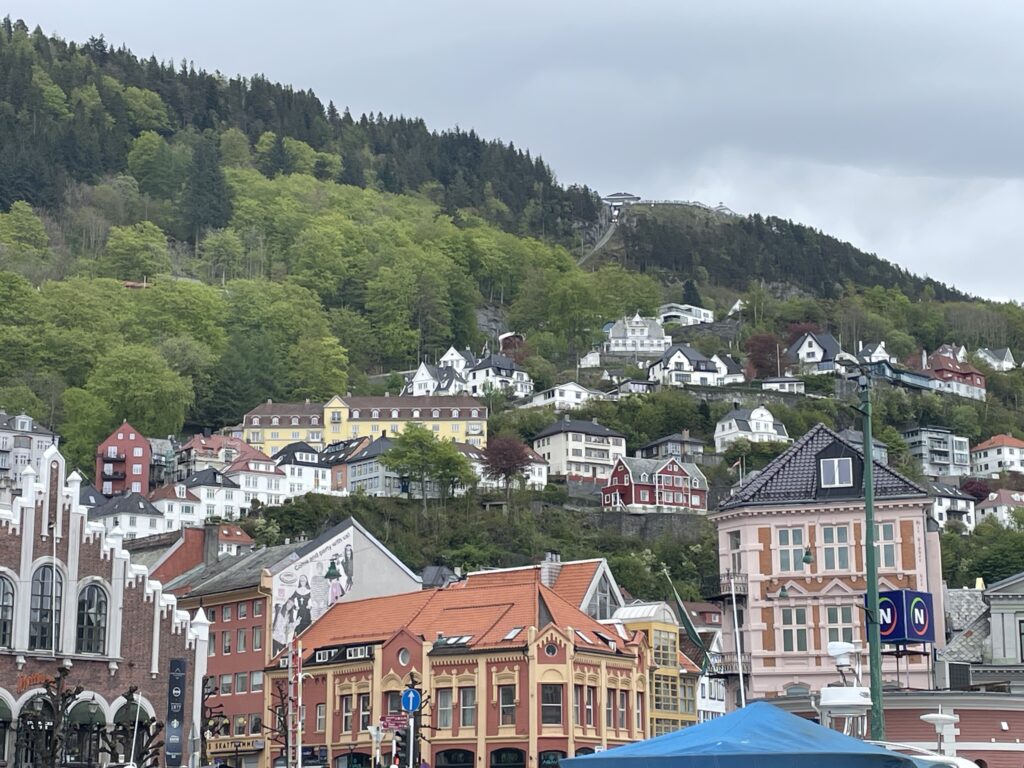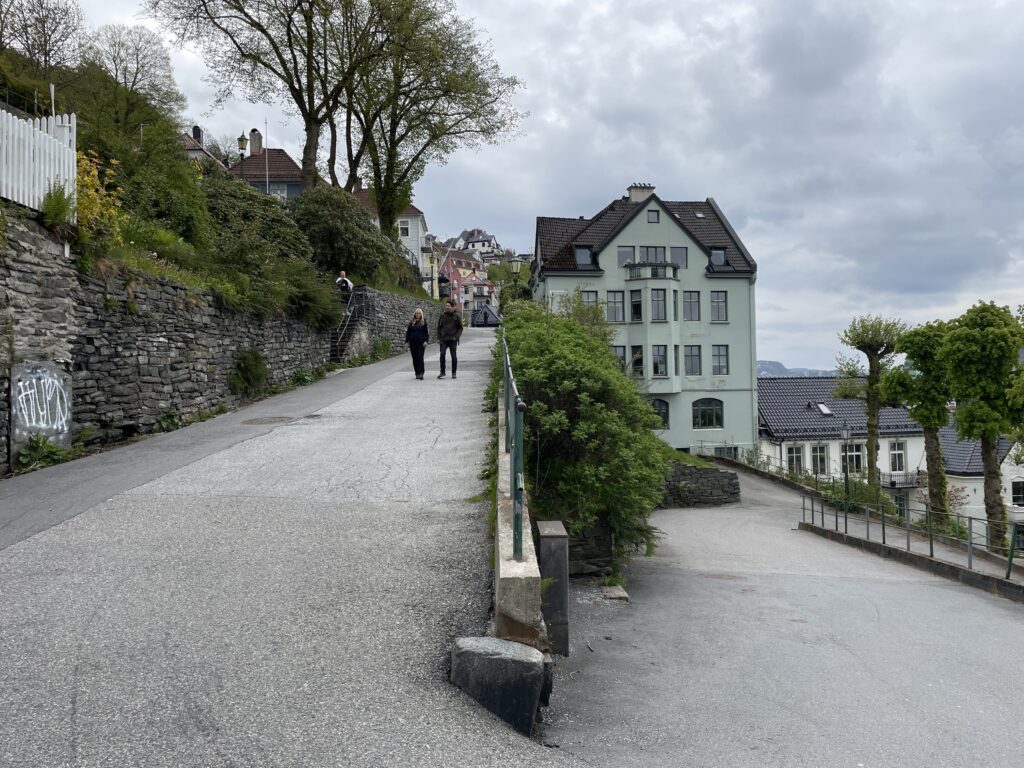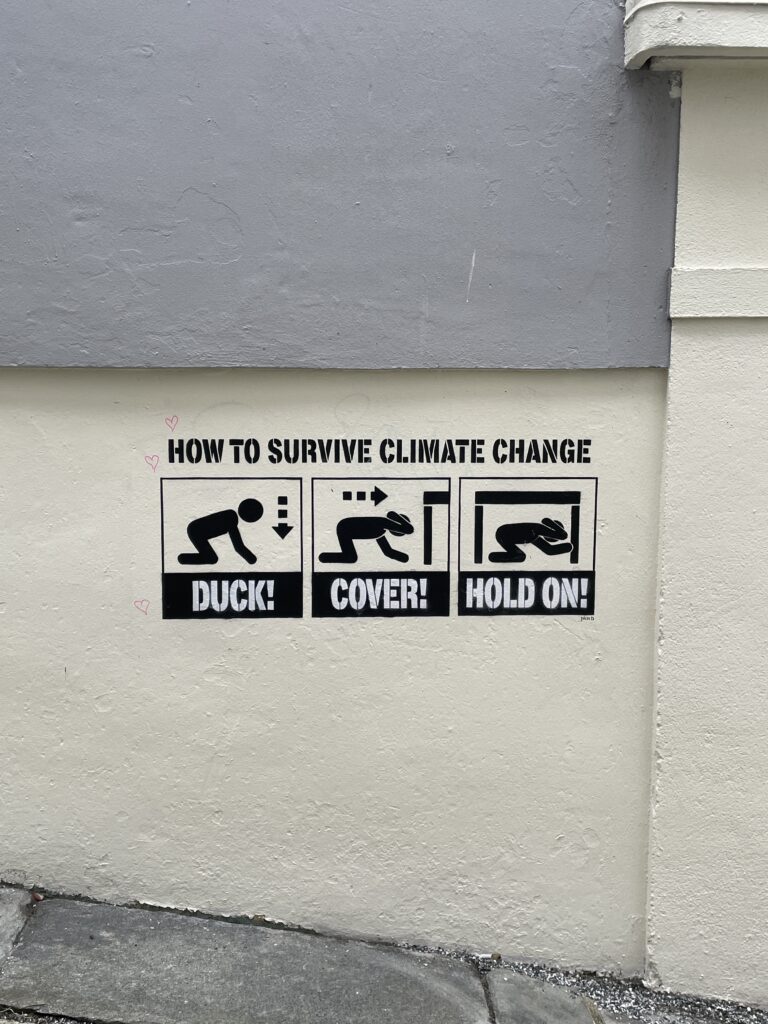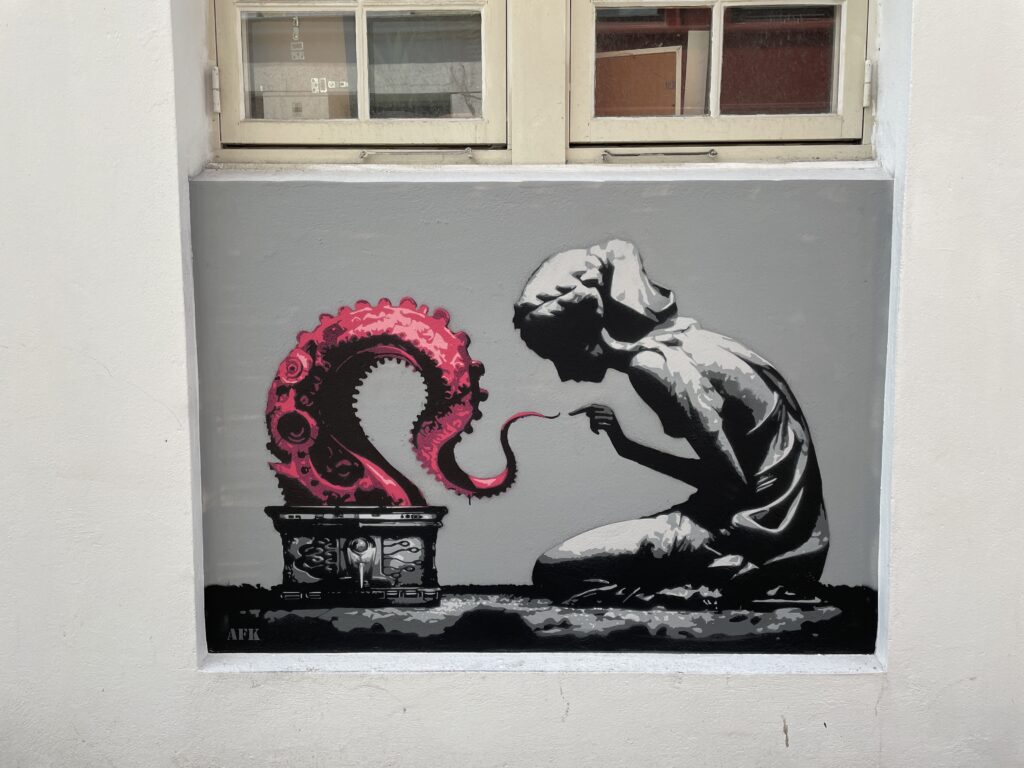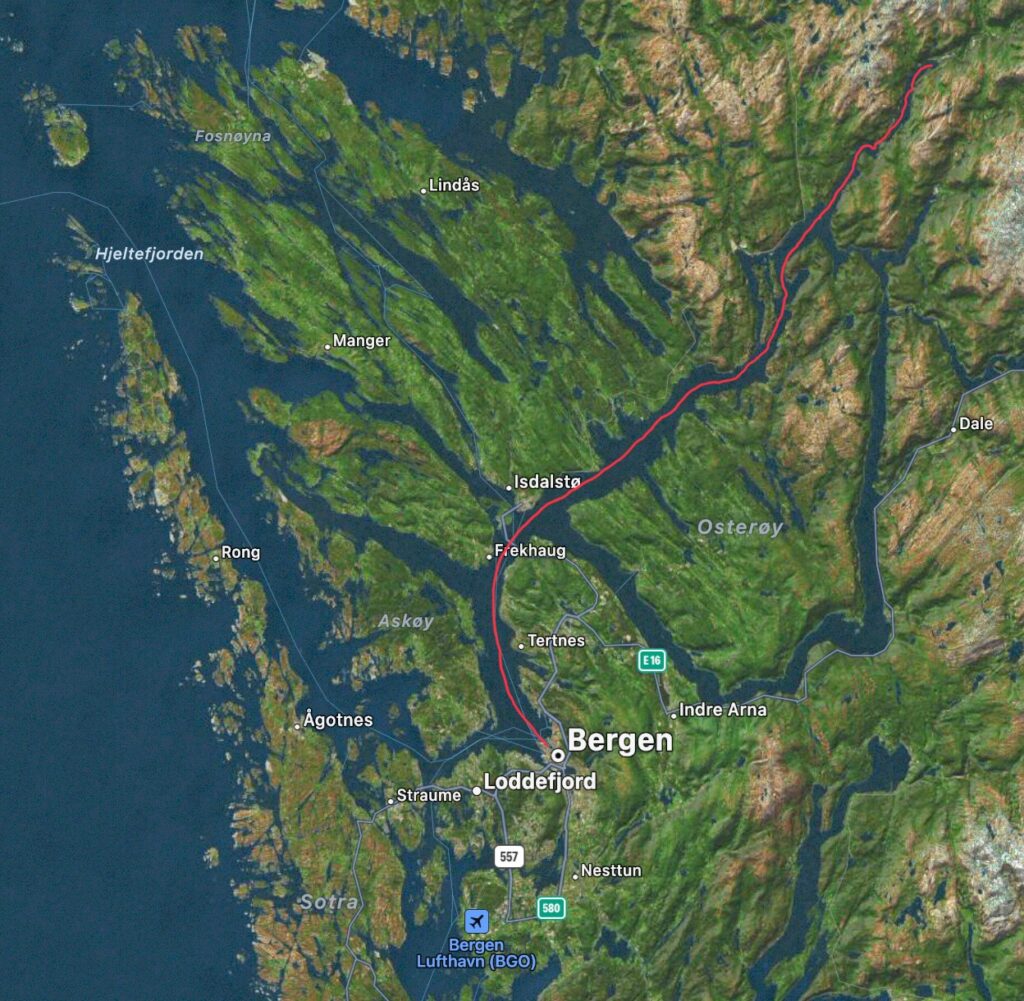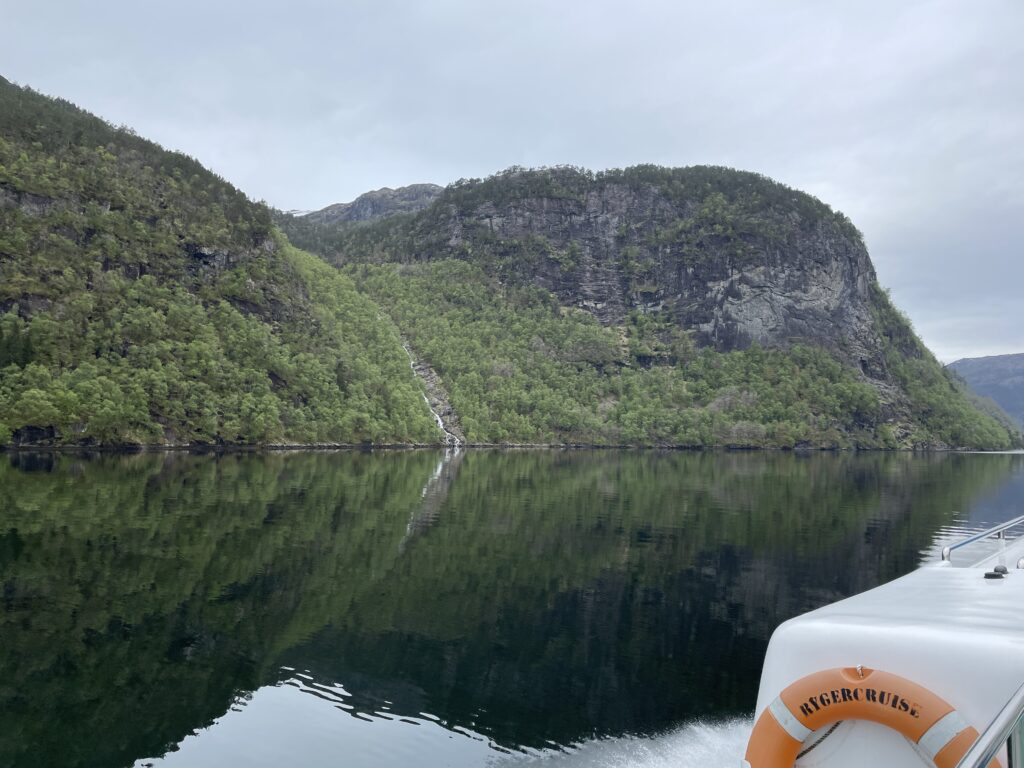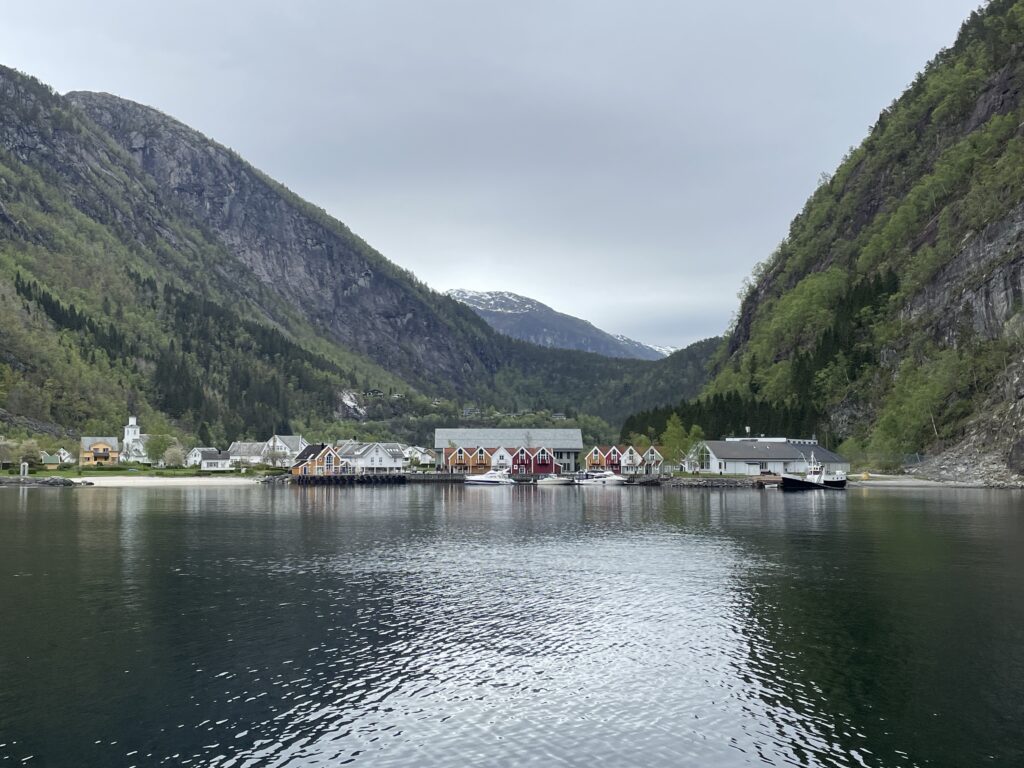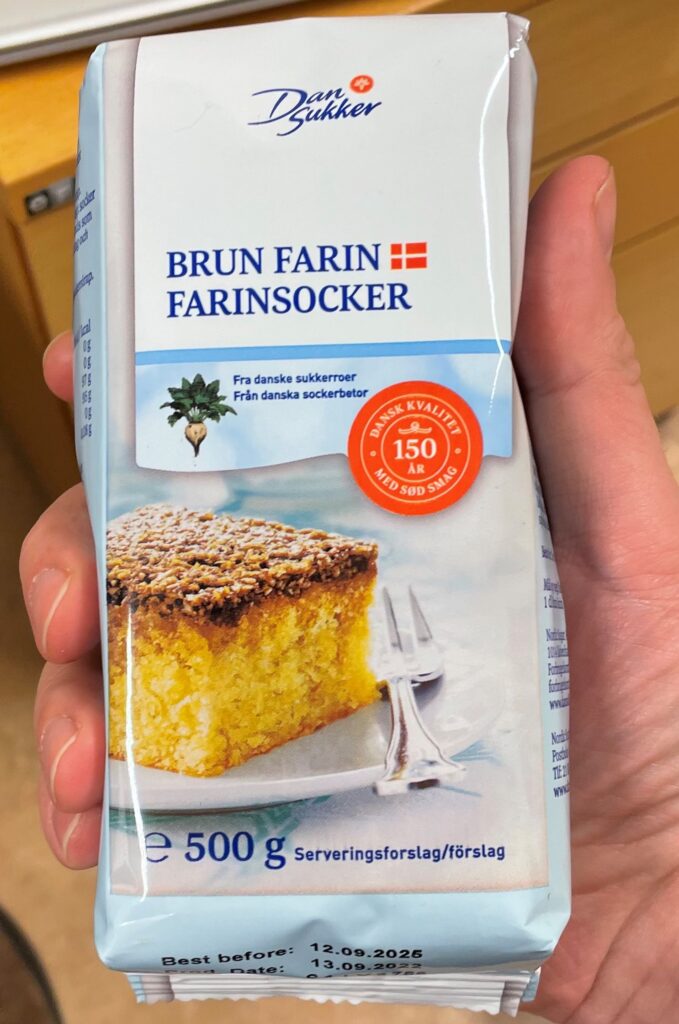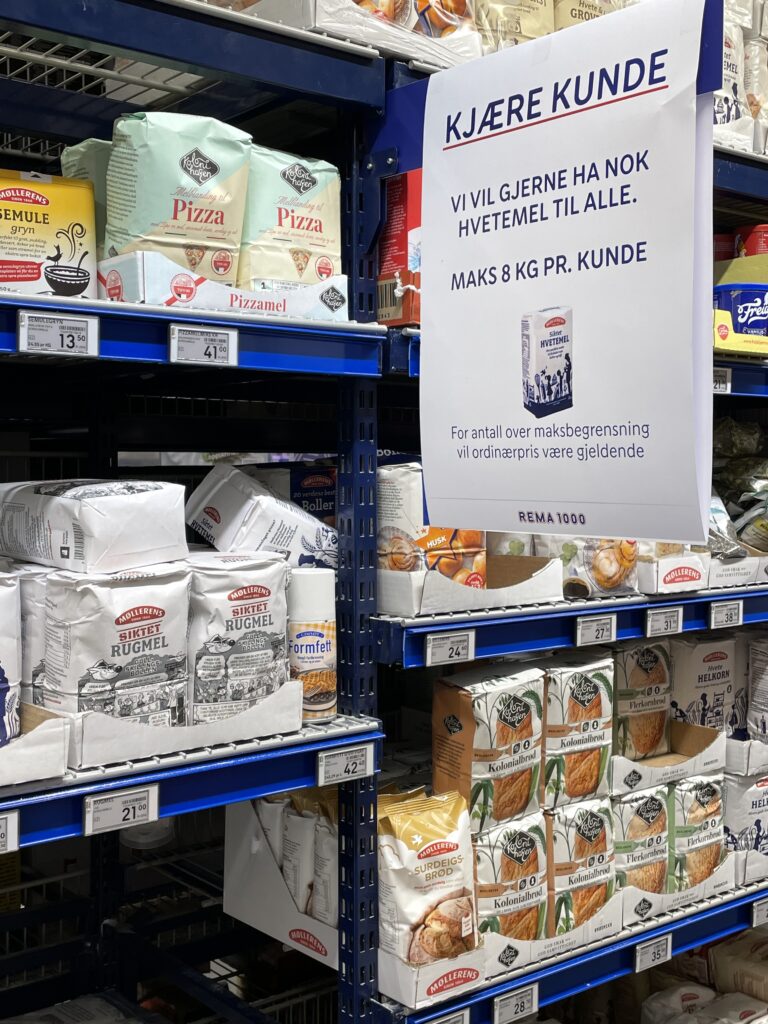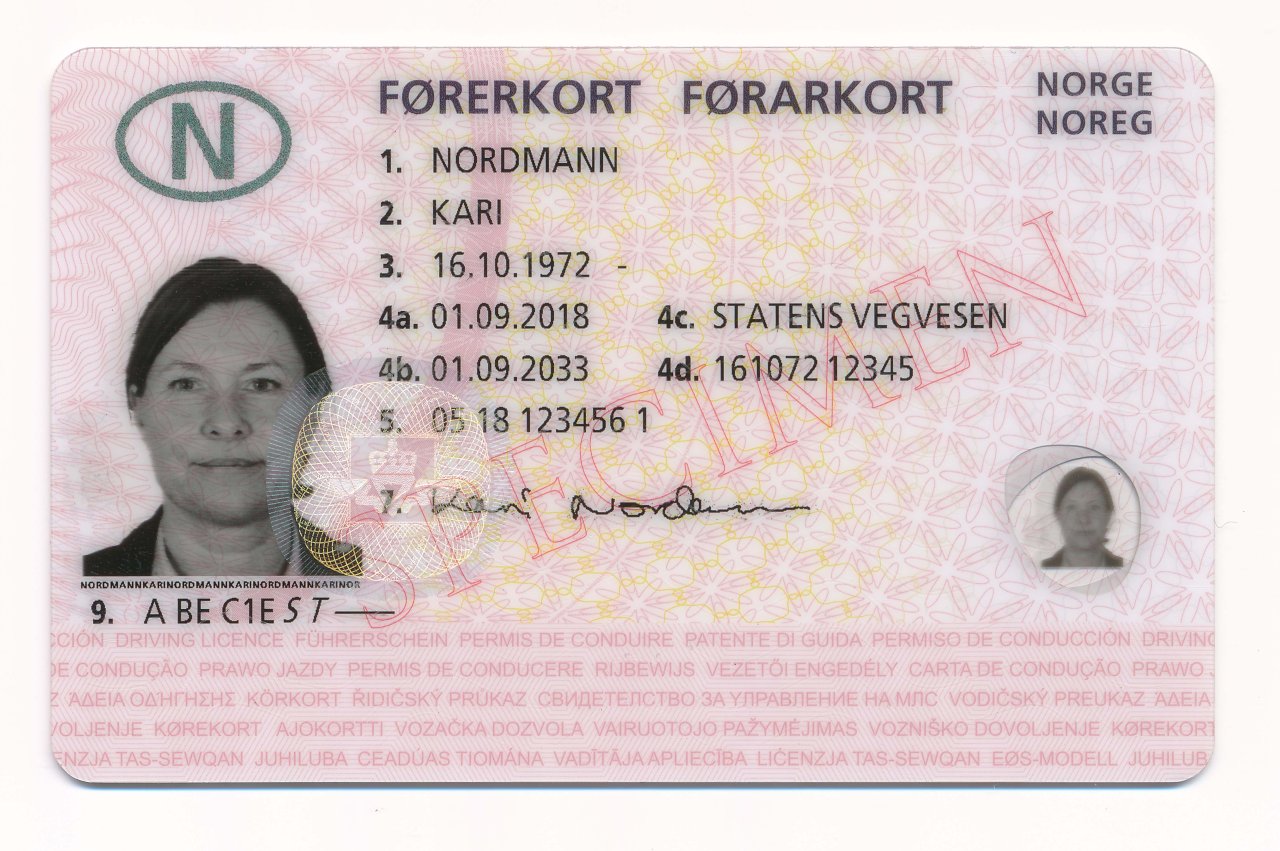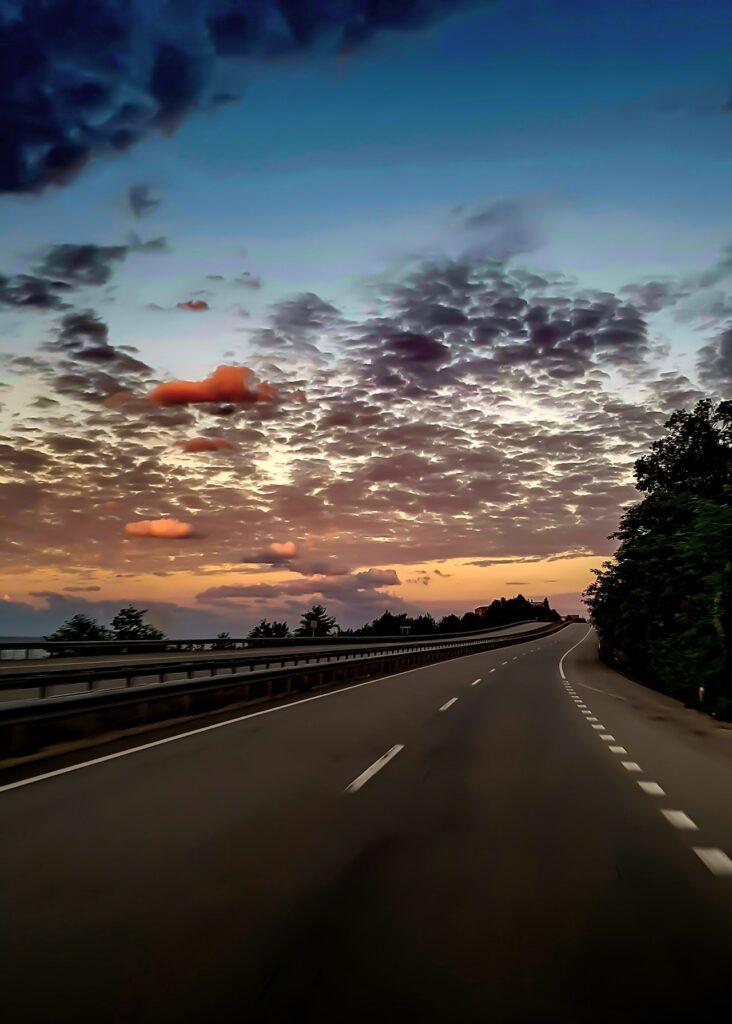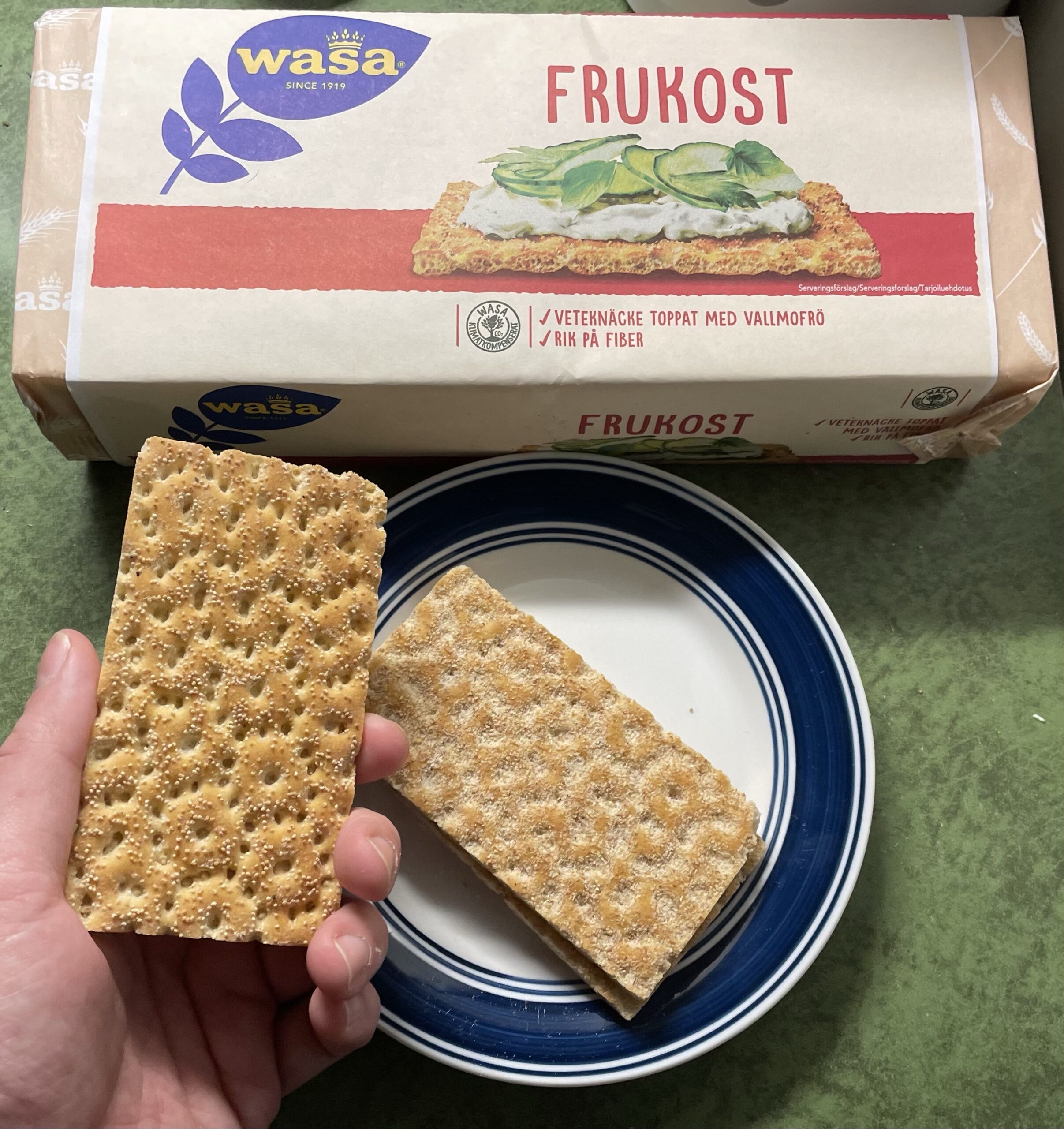In the summer of 2023 (over a year ago now!), Micha and I spent some time exploring Norway and visiting friends. We started with a trip to Fredrikstad, where my great-grandmother grew up, and then spent a few days exploring the capital city of Oslo. When we found out two of our best friends, Diana and Sergio, had moved to Munich, we decided to expand our definition of “explore Norway” to include our friends’ new apartment. So, we caught a flight even further south from Oslo to Munich, landing there early Friday morning to spend the weekend with our friends.
Exploring Munich
Our first order of business was to purchase gifts for our friends back in Trondheim, who were diligently caring for our greyhound Navi while Micha and I traveled. Our hosts Sergio and Diana took us to a marketplace set up in a large square, where an Argentinian man was selling wine out of a big red tent. It was at this moment that I realized all my Spanish knowledge had been replaced by Norwegian. I could understand a portion of what Sergio and the Argentinian man were discussing: some of the wines were sweet, some were dry, some were a better value. But when pressed to respond, I mumbled a confusing mixture of Norwegian and English and looked helplessly at Sergio. He eventually helped us get some good wine, and we moved on.
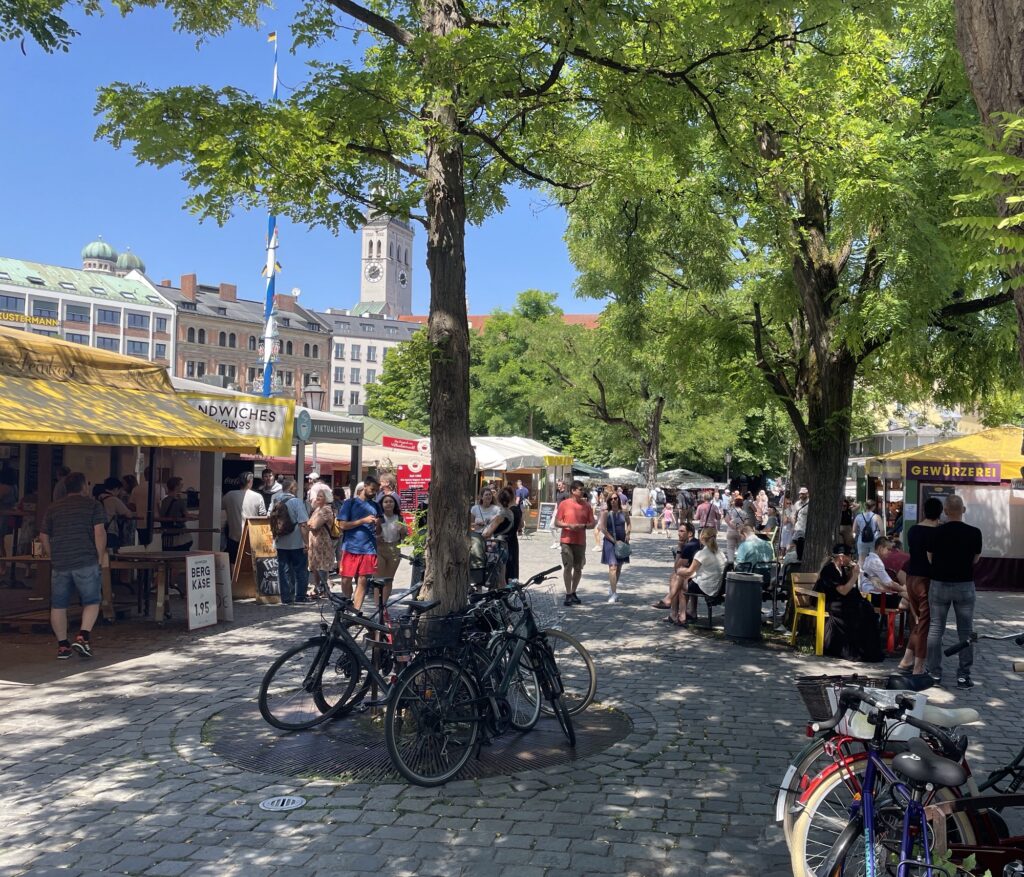
One of the things I liked about Munich (as well as many other European cities) was how easy it was to wander around and explore the city on foot. Most of the central areas were difficult or impossible to access by car, and the streets there were paved with brick or cobblestone instead of asphalt. These features made it far easier and safer to walk around. The alleyways seemed empty when we were there, because people clung to the shade – we happened to arrive during a record-setting heat wave!
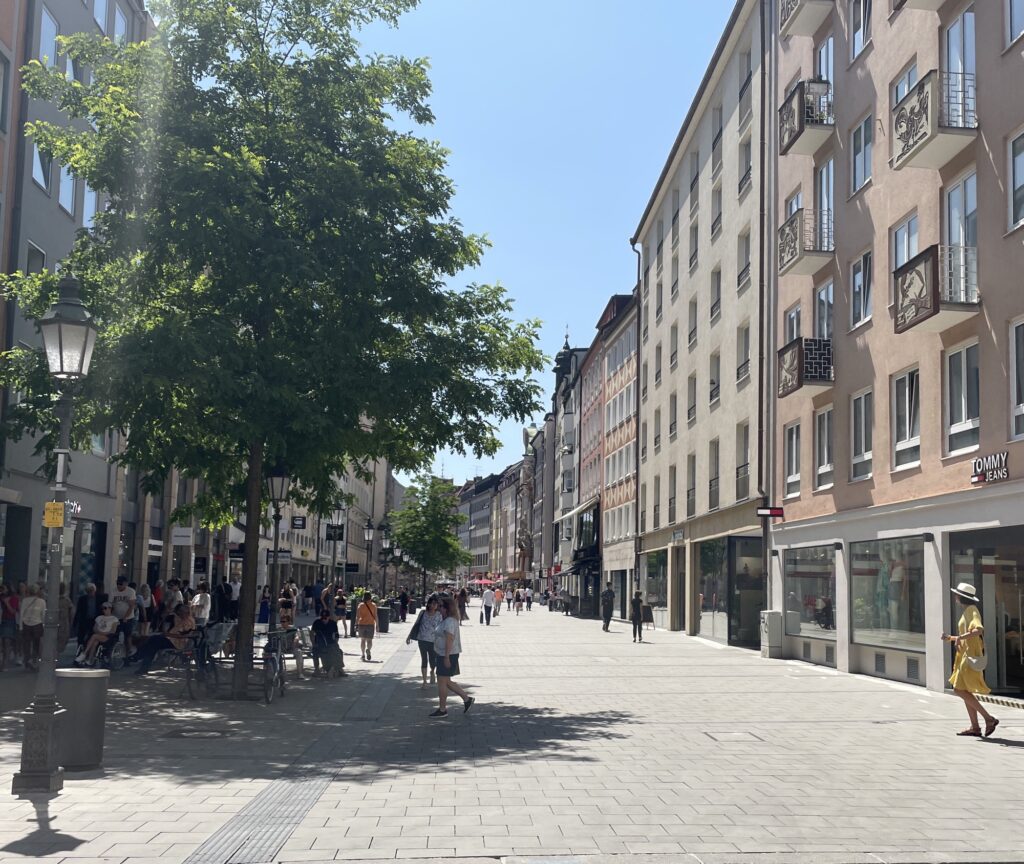
Castles!!!!!!!!
On Saturday, we drove southwest towards the border with Austria to visit the Neuschwanstein and Hohenschwangau castles. Even the drive was beautiful – bright green fields stretching across the horizon to rolling hills in the background before we reached the looming, forest-covered foothills of the Alps.
We arrived early in the morning without much of a plan, to discover that tours for Neuschwanstein are booked out months in advance, but Hohenschwangau is less popular and still had openings later in the day. I’m still not sure how, but our co-host Sergio was able to convince the person working the ticket counter to sell us day-of tour passes for both castles anyway.
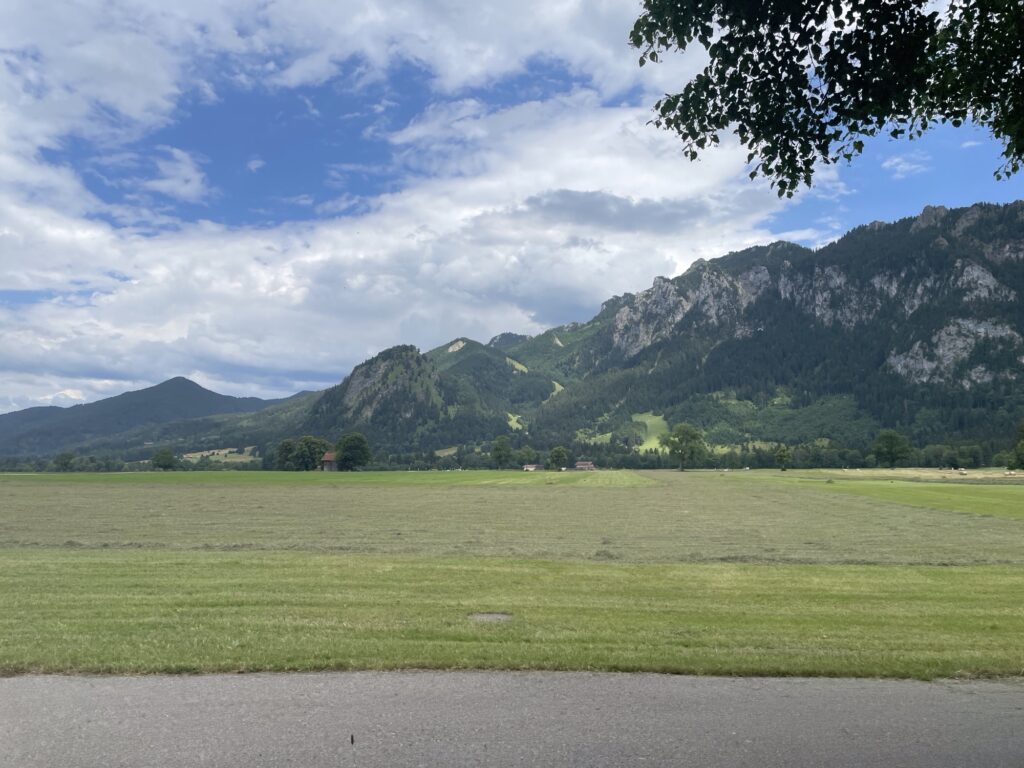
The tours were fast; a blur of ostentatiousness, gold-trimmed everything, an entire room of silver, massive murals depicting scenes from the work of Richard Wagner (the castles’ resident, Ludwig II, was a big fan), a room specifically built to resemble a cave, and a massive pedestal still waiting for its throne to be completed. These castles were not designed as defensive fortifications, but as symbols of wealth and status, and as vacation homes for Ludwig II and his guests.
Surrounding the castles are a network of trails through the forest, leading to various parking lots and overlooks. One famous bridge had a line about four hours long by the time we reached it, so we skipped it, happy with the absolutely beautiful scenery we could find just off the beaten path. It was another hot day, however, so after a few hours we set off back to Munich to rest and recover out of the sun.
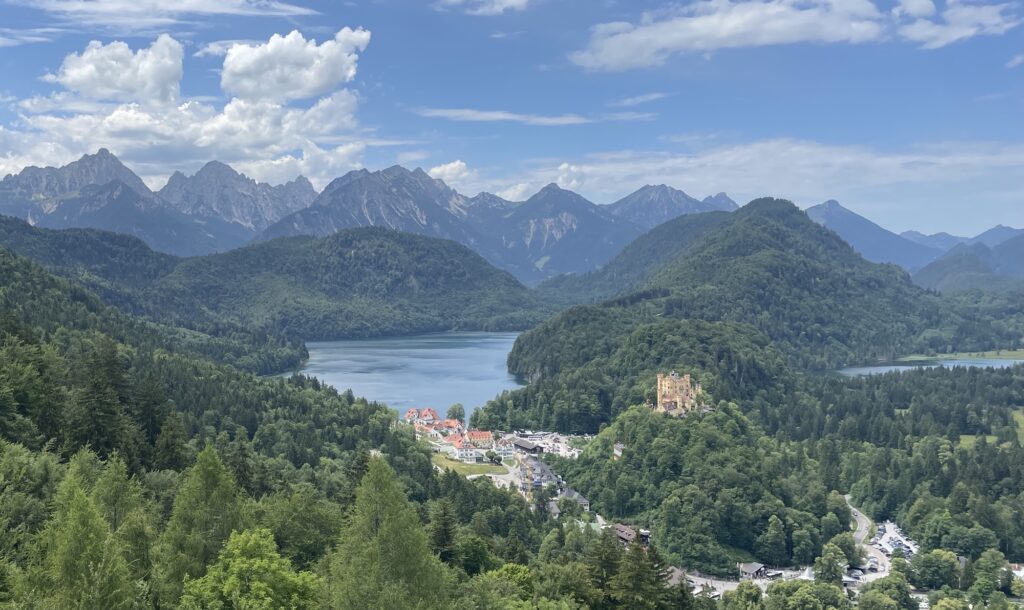
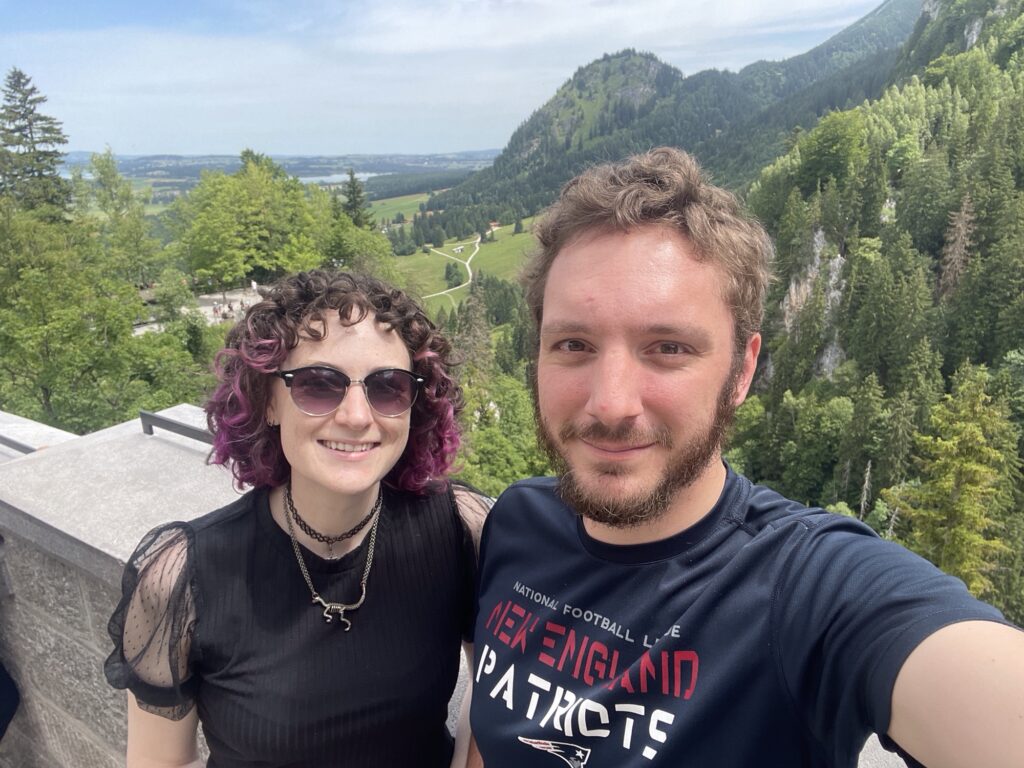
The Chinese Tower in the English Garden, and surfers in a landlocked city
The next day was even hotter. Our co-host Dana decided to treat us with a trip to the Chinese Tower, in the English Garden. I’m still a little confused by the cultural combinations, but der Englische Garten is Munich’s largest park, with plenty of walking trails, open fields, and a river flowing through it, and right in the middle is the Chinesischer Turm, which boasts Munich’s second largest beer garden with seating for 7,000 patrons and a brass band.
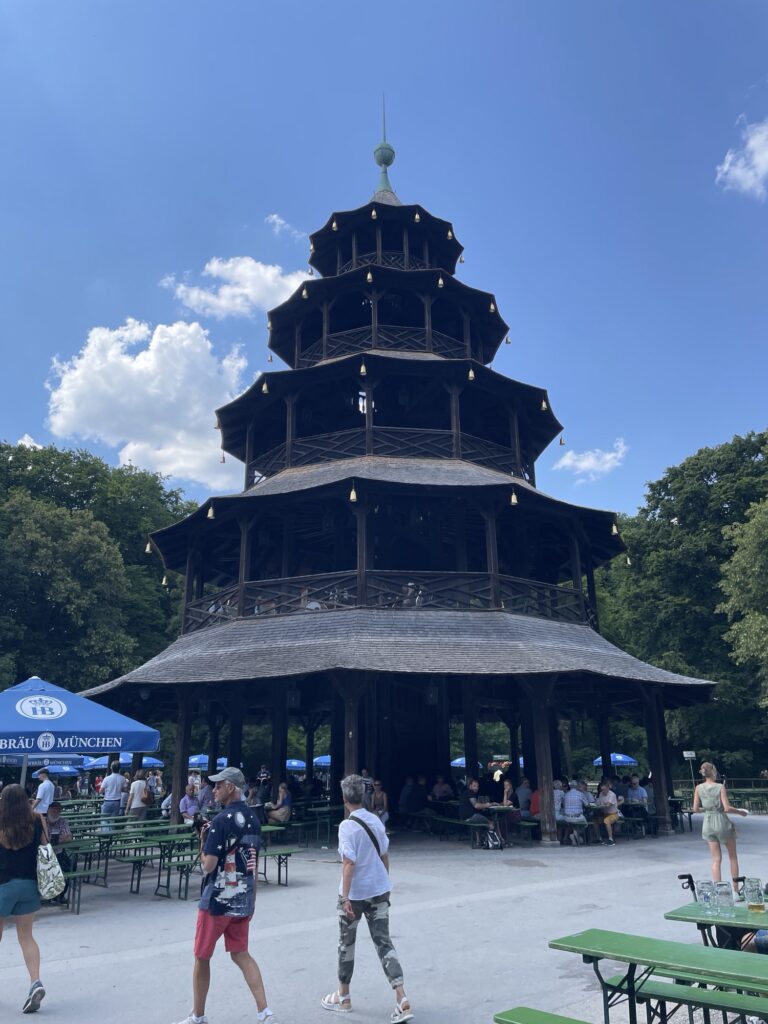
We treated ourselves to some good beer-garden food; schnitzel, pretzels, and of course one-liter steins of beer. Micha tried to order a side of spaetzle but ended up with an entire plate full of the creamy pasta dish, so we shared. Sometimes that sort of thing happens in a foreign country, and you just have to roll with it.
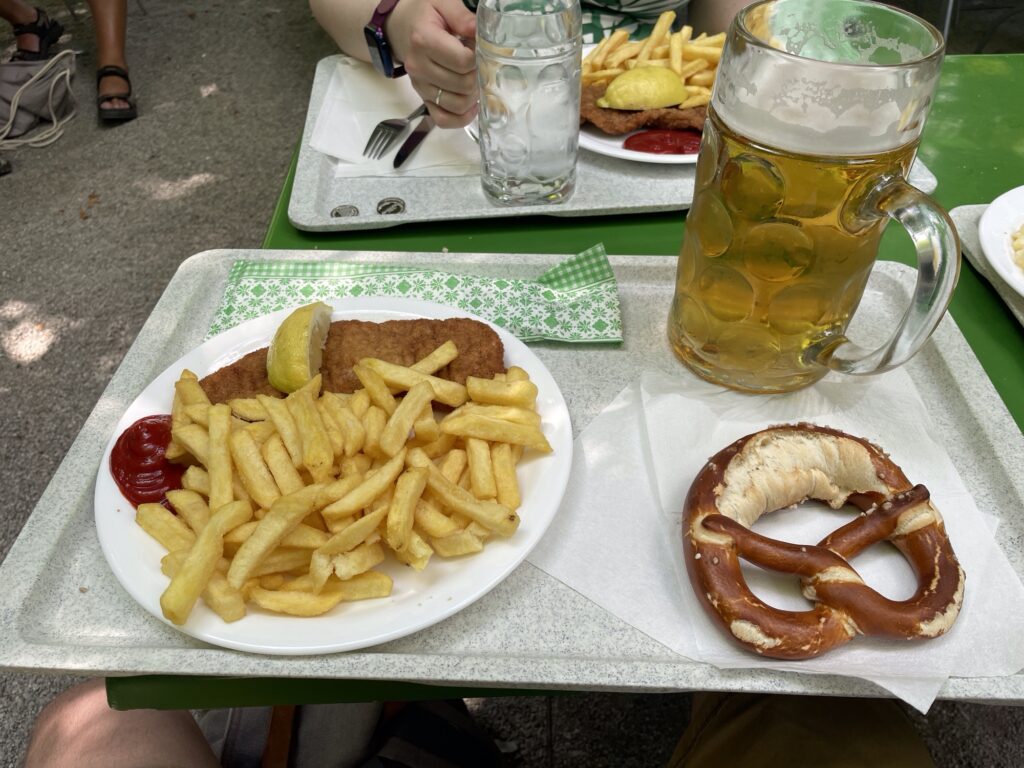
One of the odd things we noticed was that people were carrying surfboards. This struck me as particularly strange because we were about as far away from Germany’s coastline as we could get while still being in Germany. But it turns out, part of the river that runs through the garden is dammed in such a way that there is always a standing wave. So, German surfers will line up by the river’s edge, squeeze their way around the fences and narrow concrete borders, and take turns riding the wave on their surfboard, while dodging the people floating past them.

After watching the surfers, we wandered the park for a while, exploring the various paths and bridges over the river. And after some time in the hot sun, we decided to return to Sergio and Diana’s apartment and caught the bus back. The bus was absolutely packed with soaking-wet German teenagers. Water sloshed across the floor as the bus turned corners, and the driver seemed particularly annoyed. It was certainly one of the more unique bus experiences I’ve had.
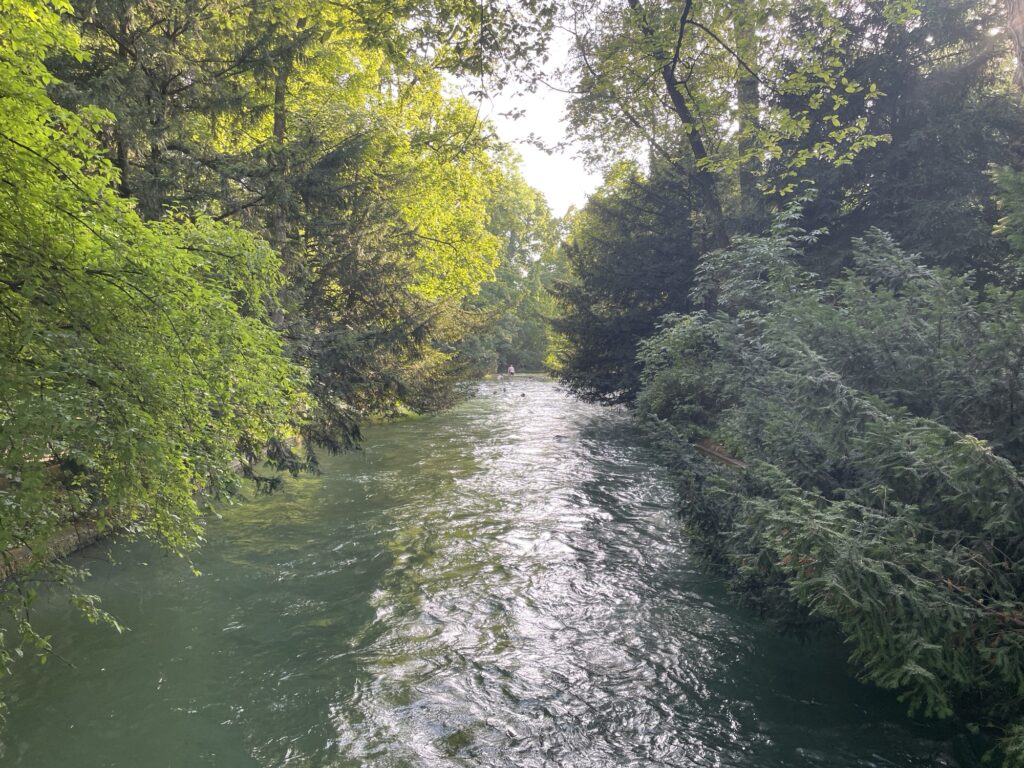
With that, we bid goodbye to our wonderful hosts and made our way back to Trondheim, where we would spend a few days with another friend before heading north, above the Arctic Circle, to Tromsø. Hopefully I’ll finish writing that before another year goes by!
